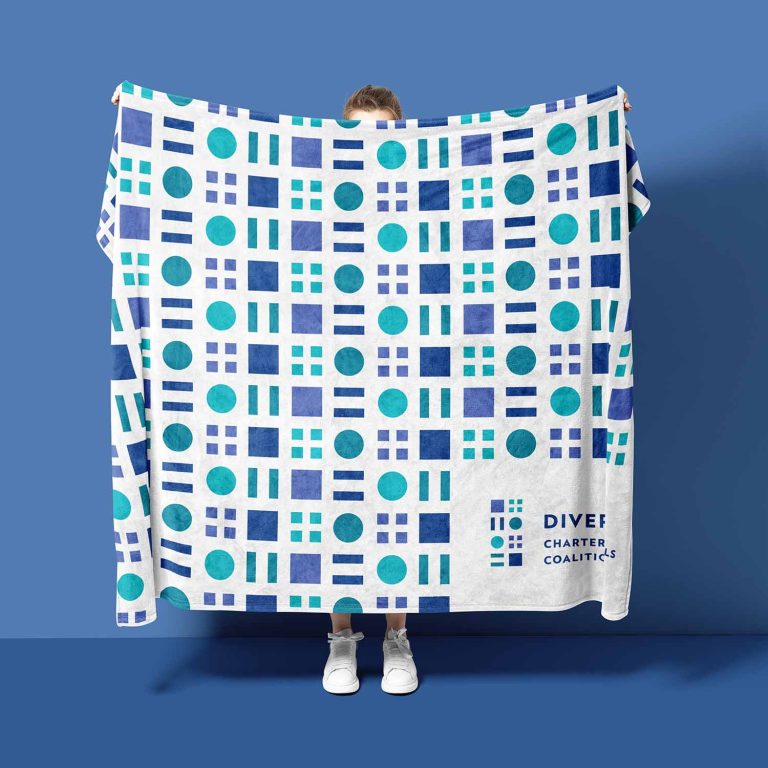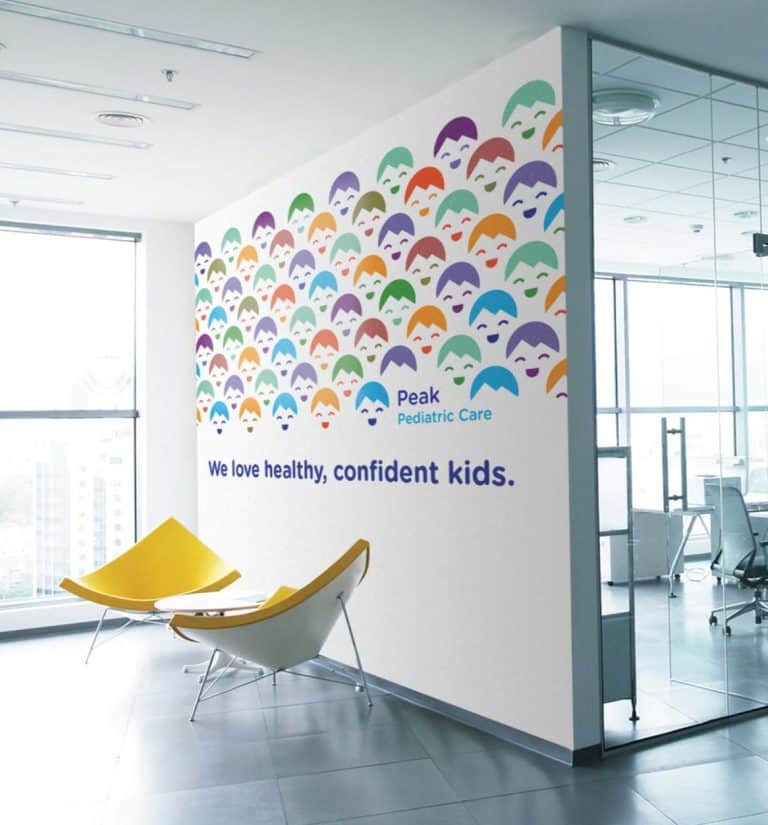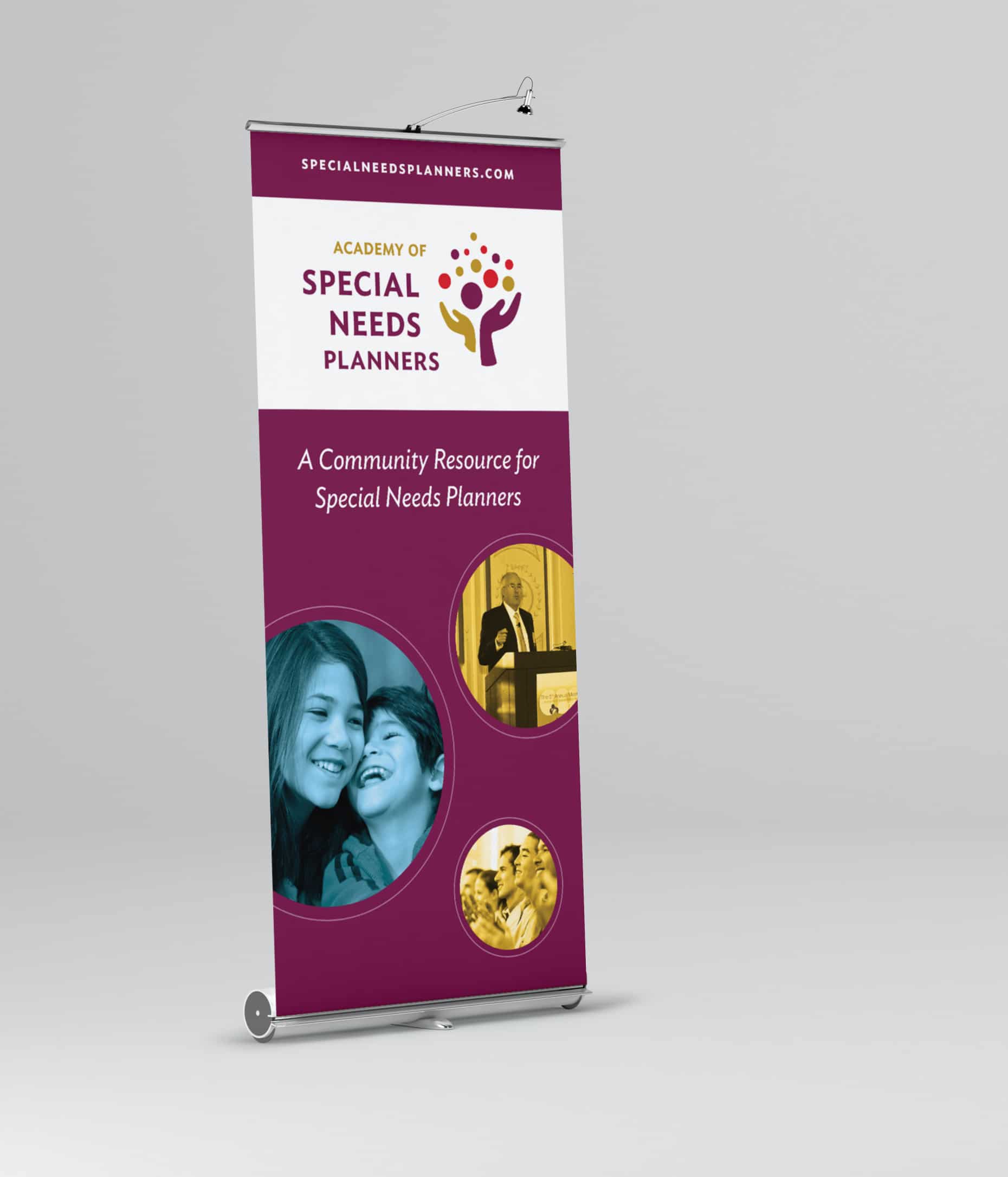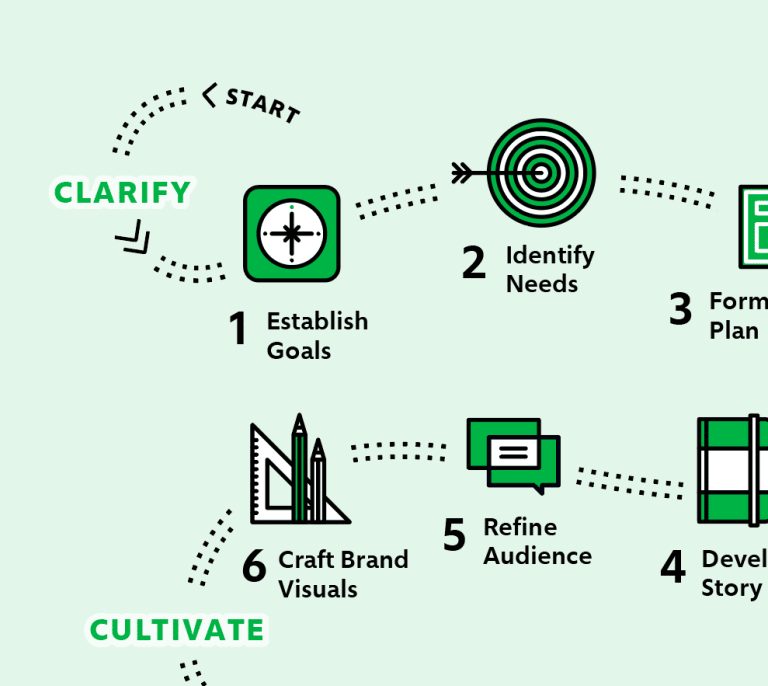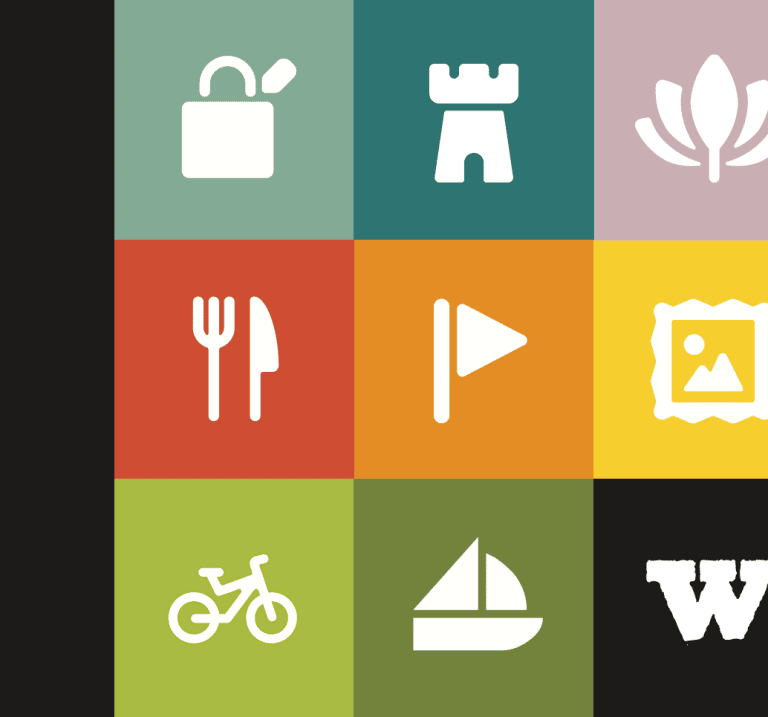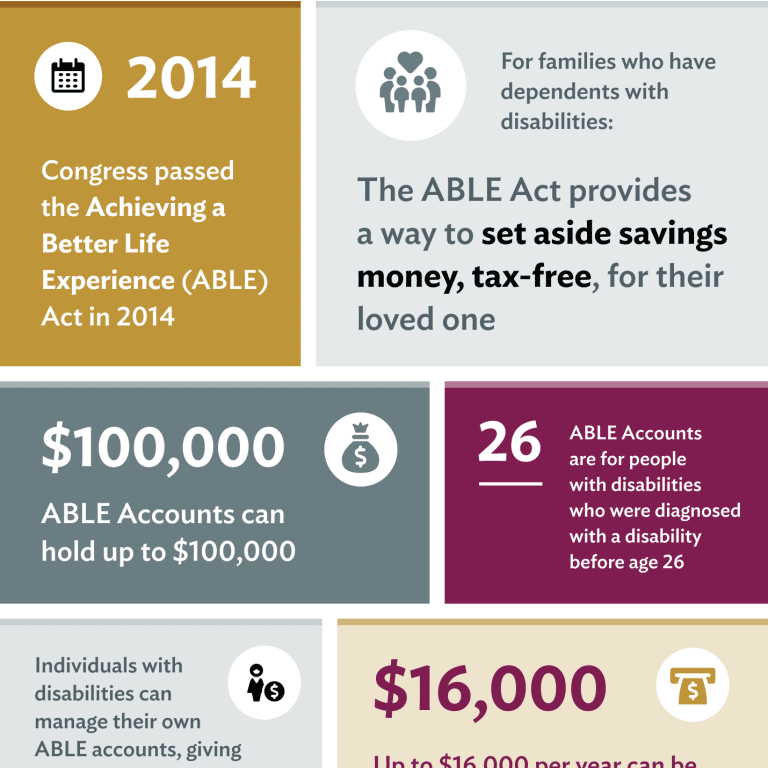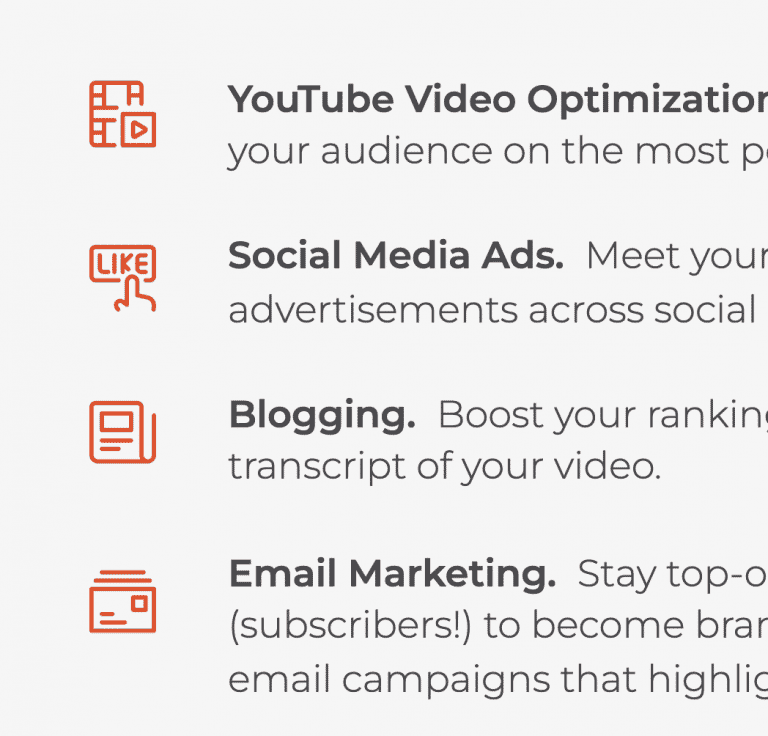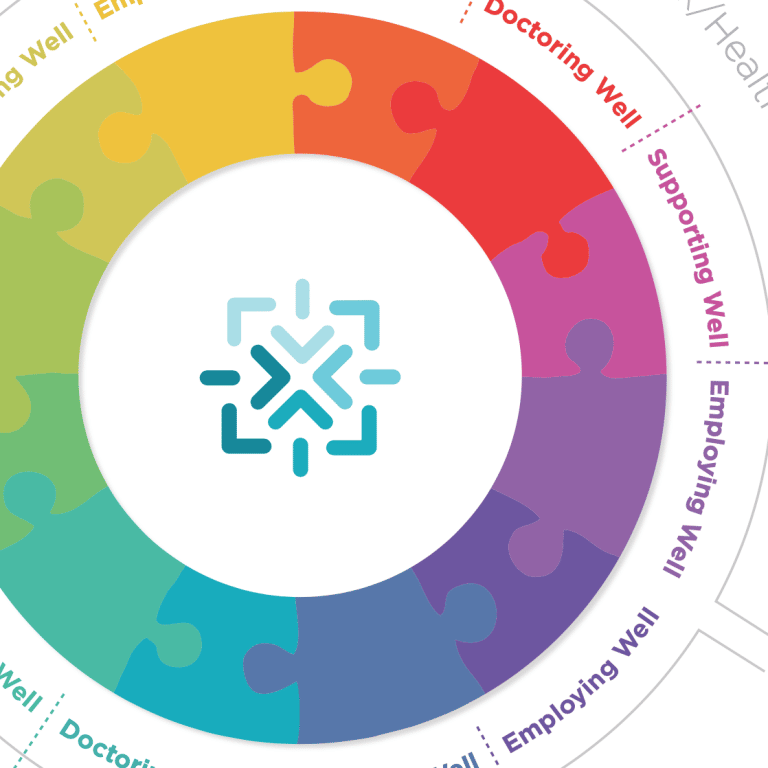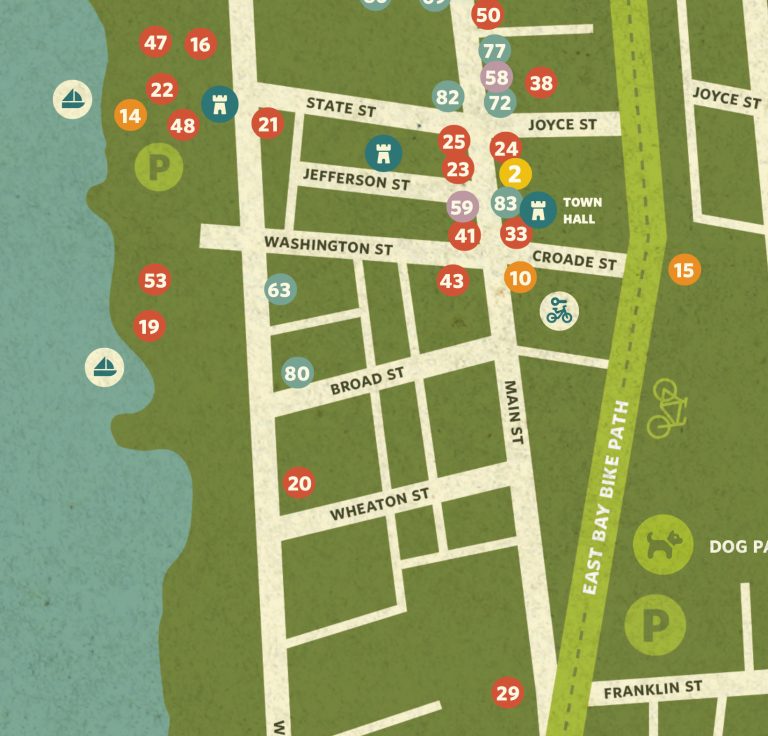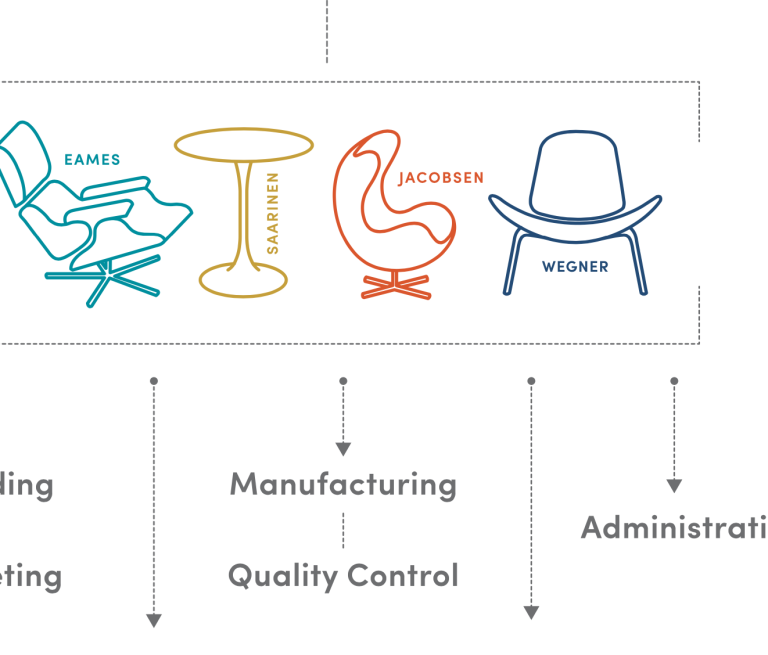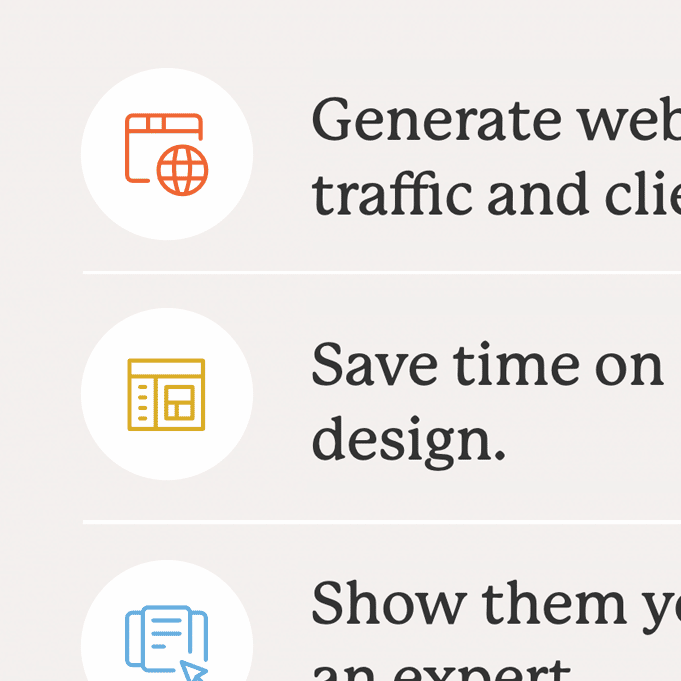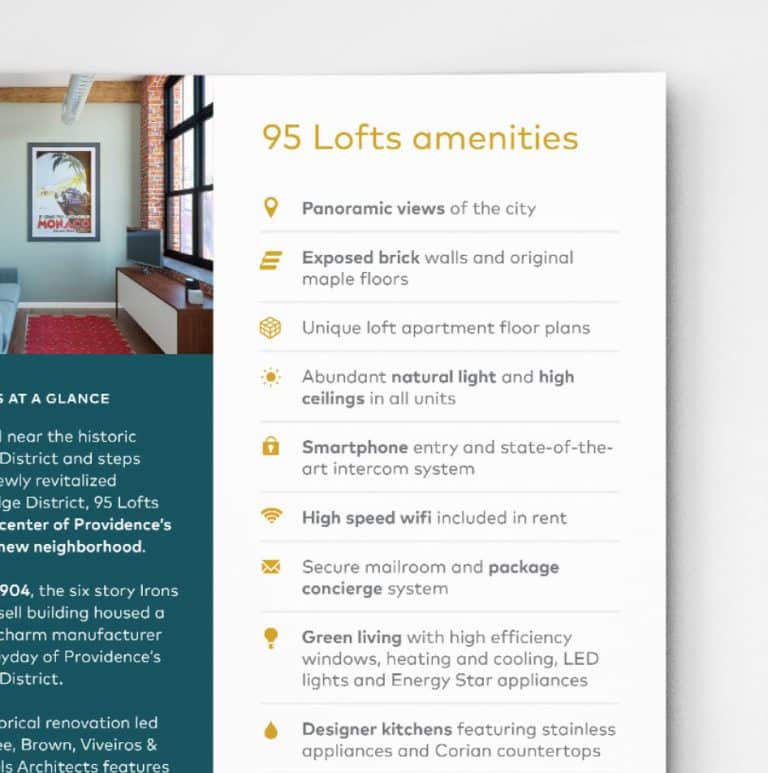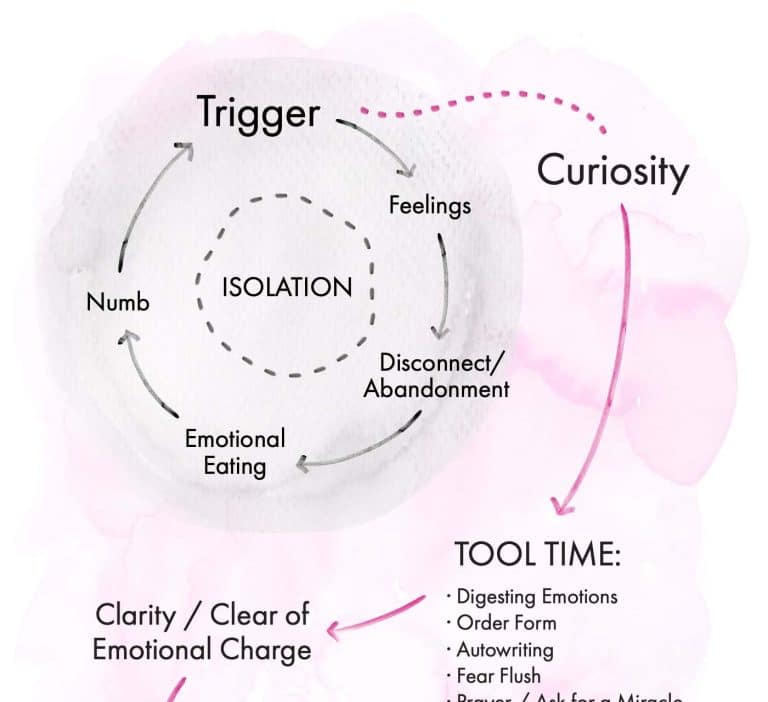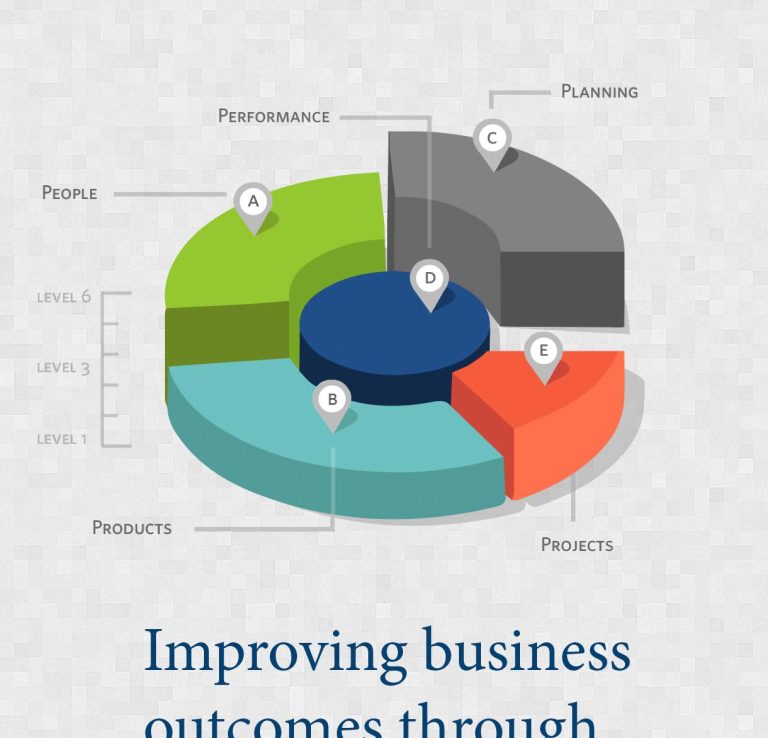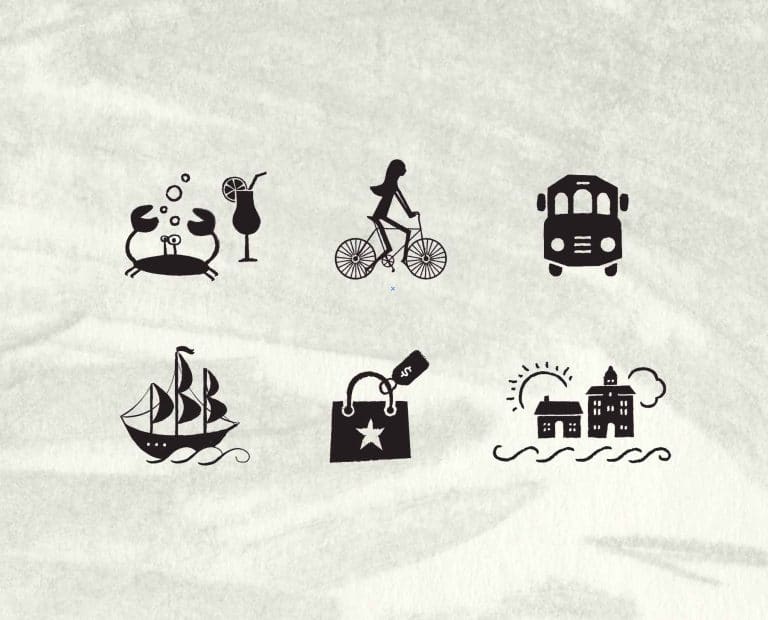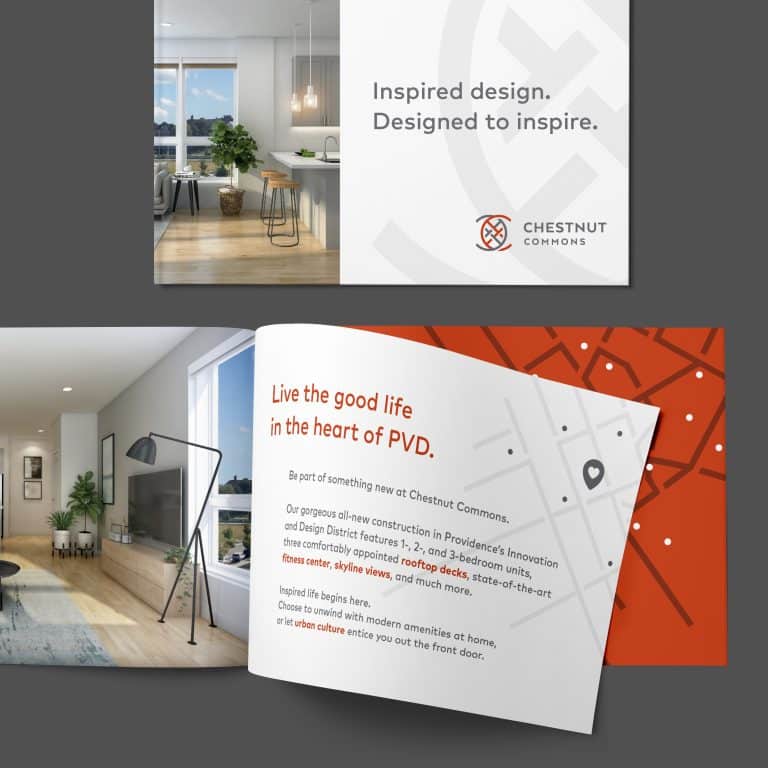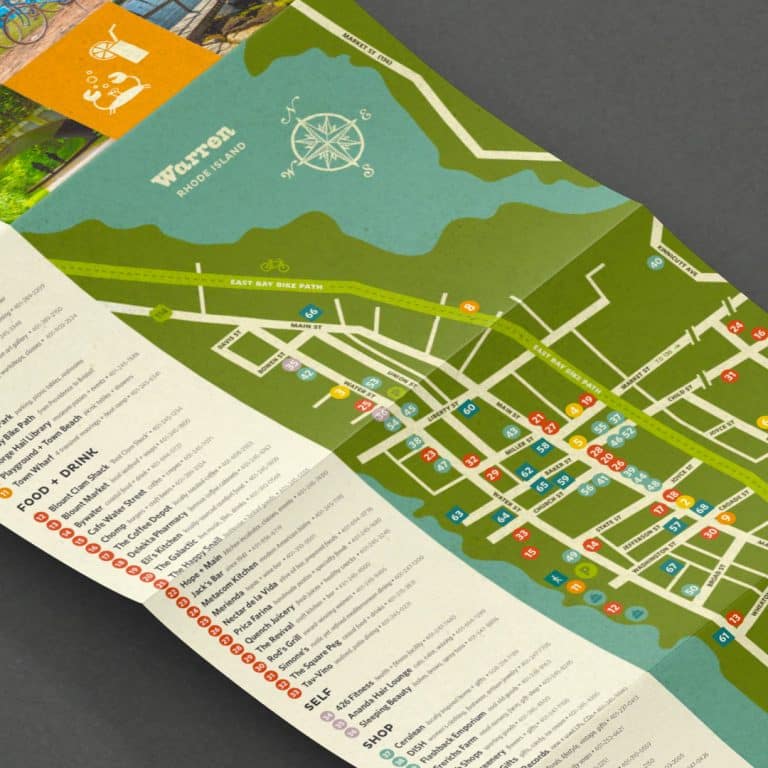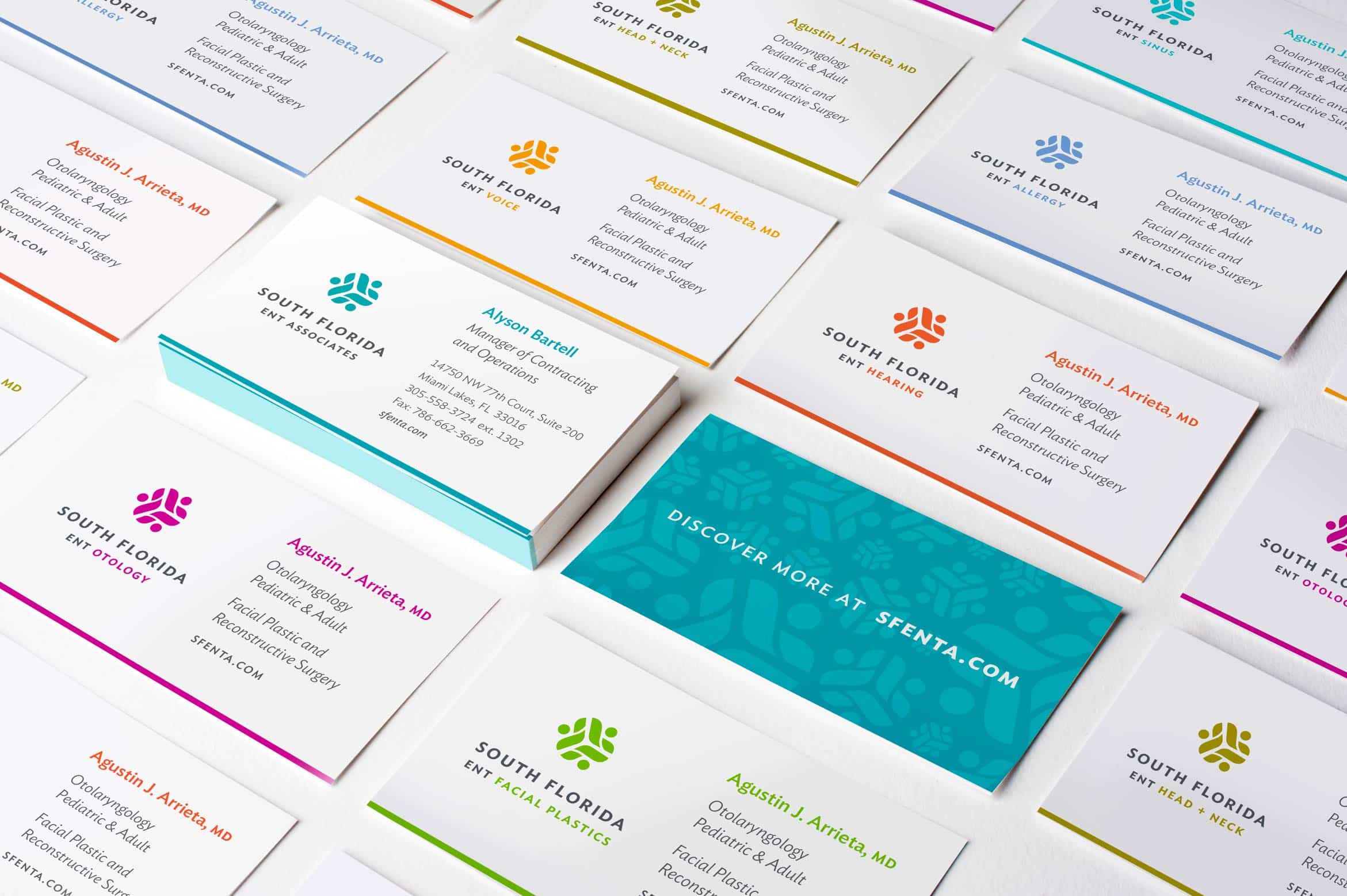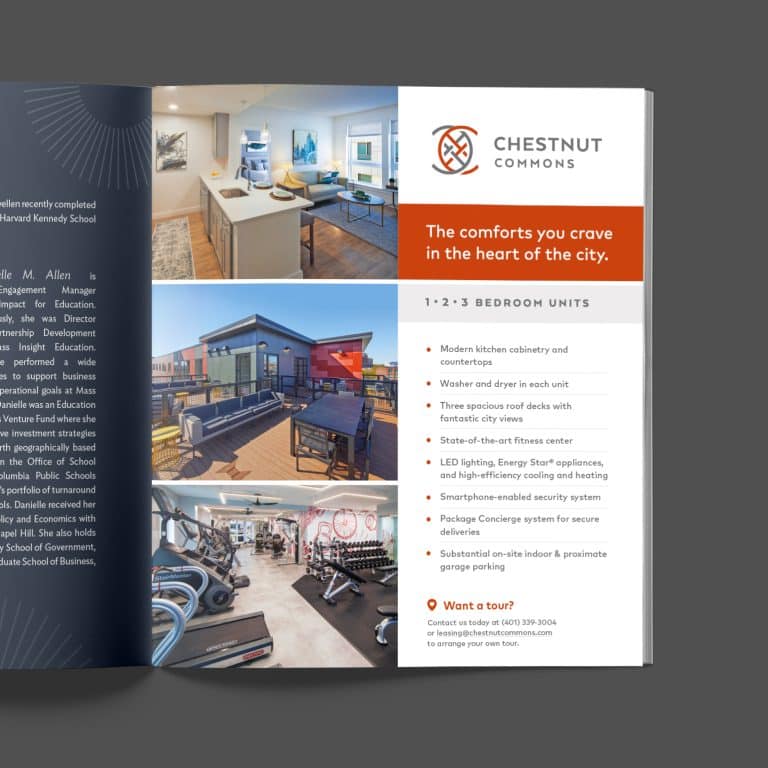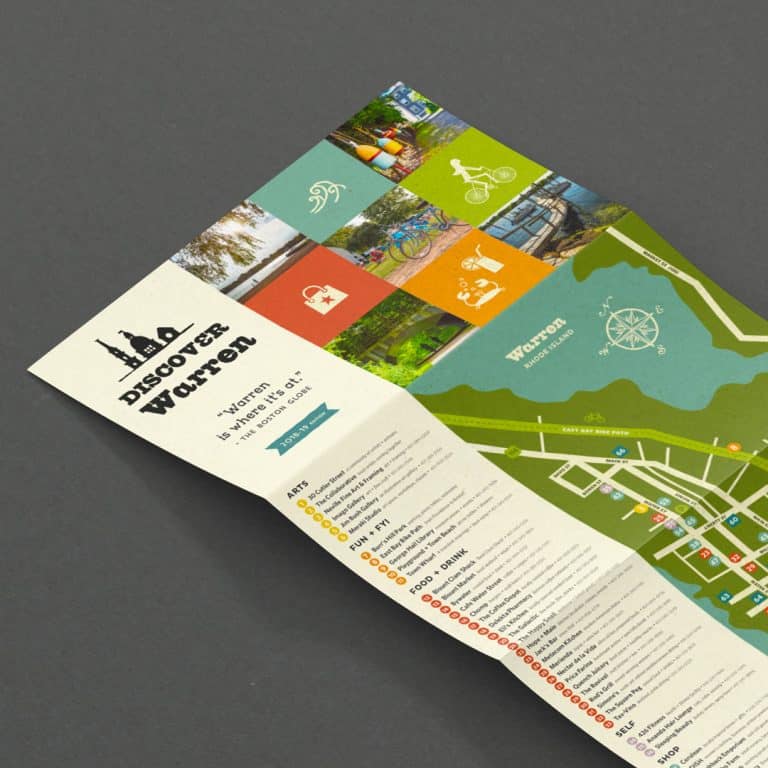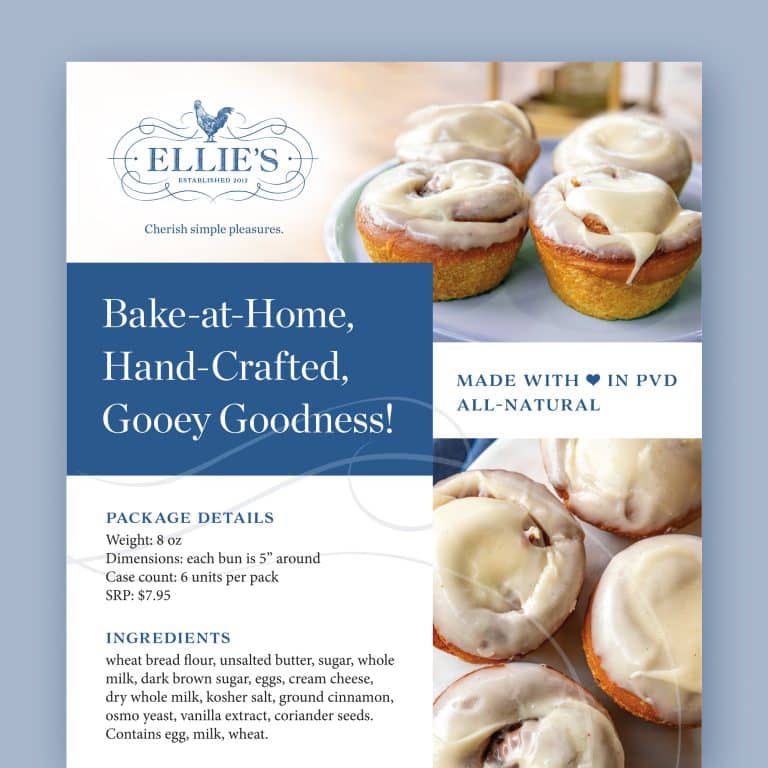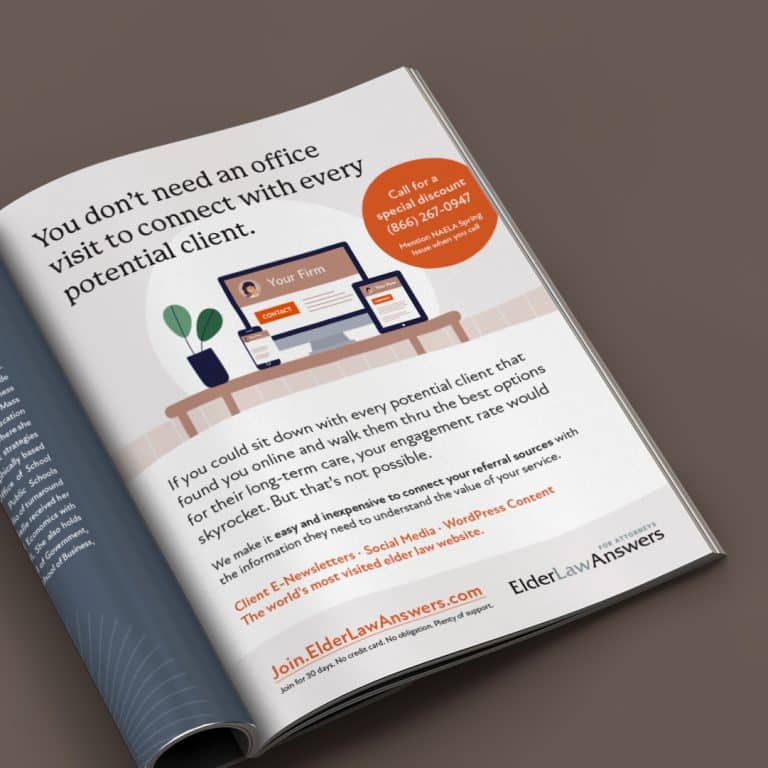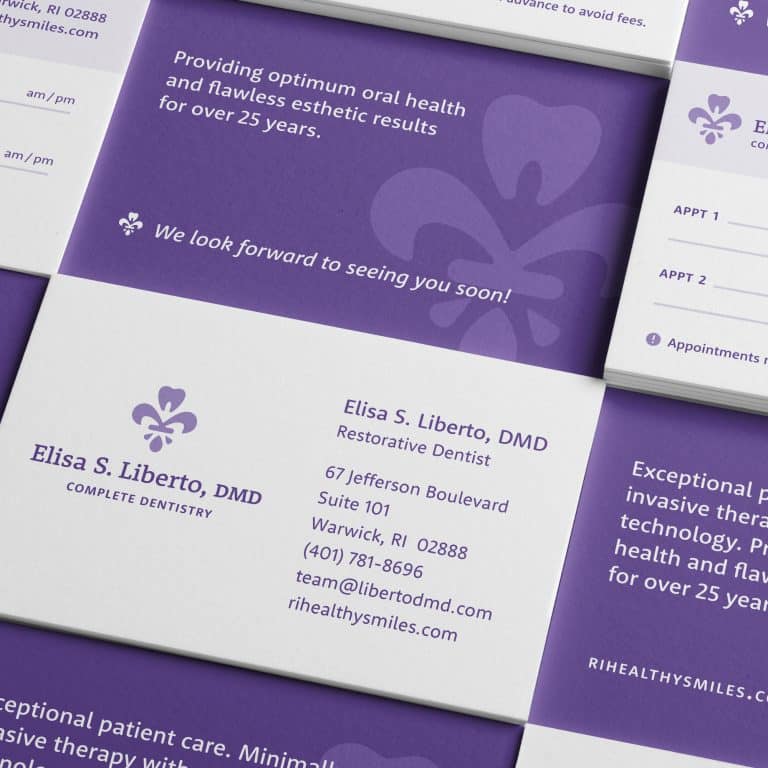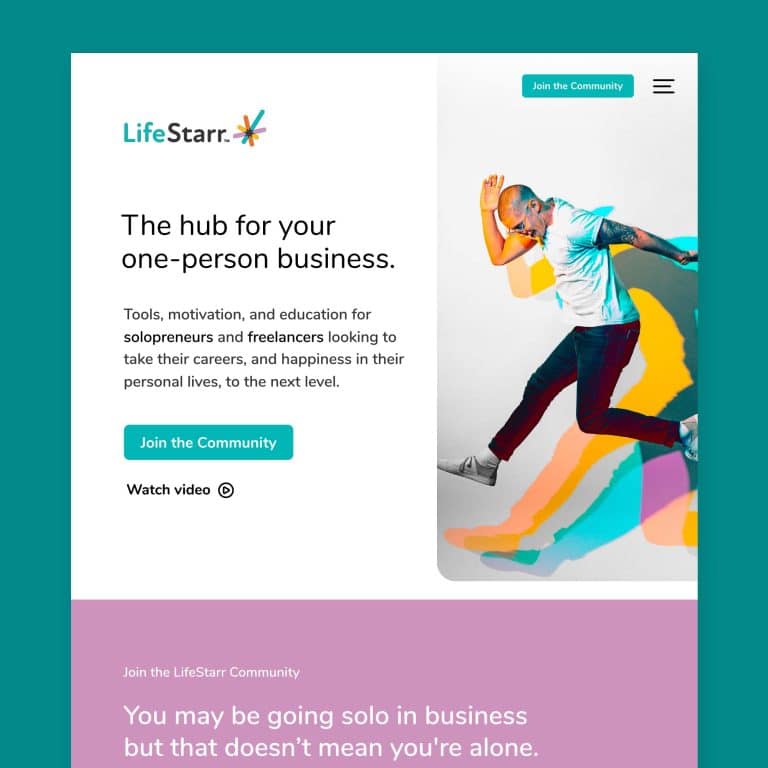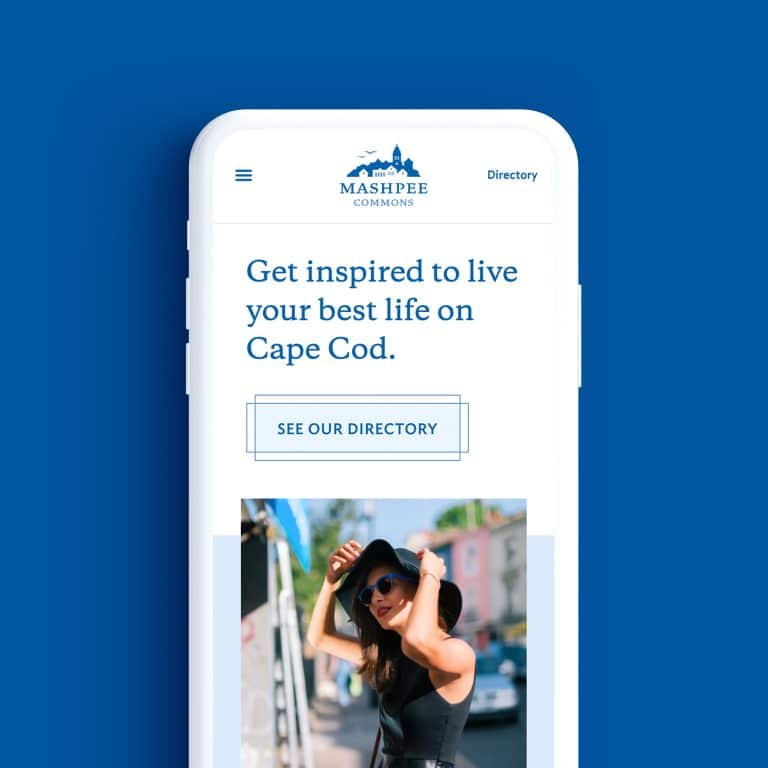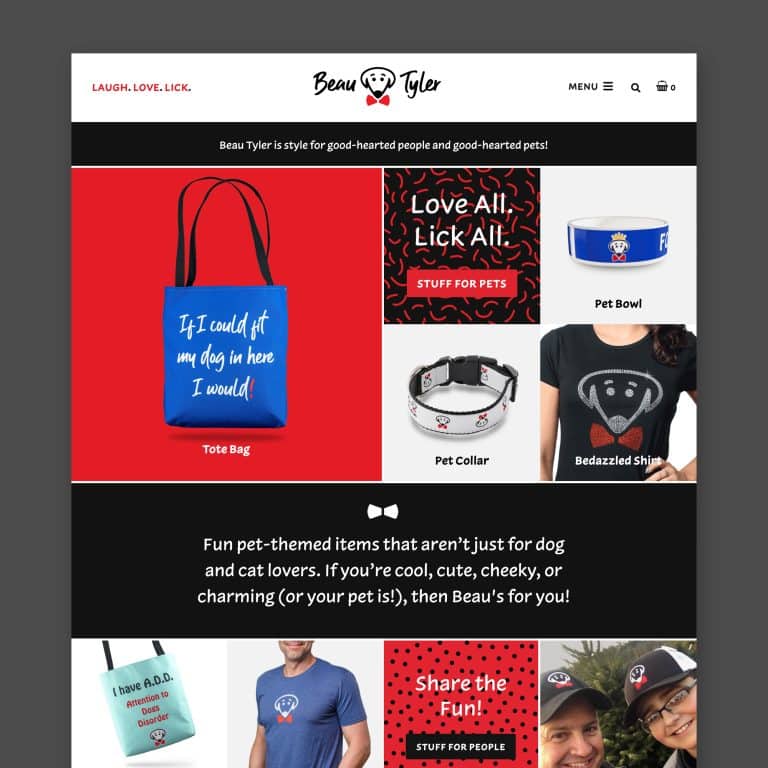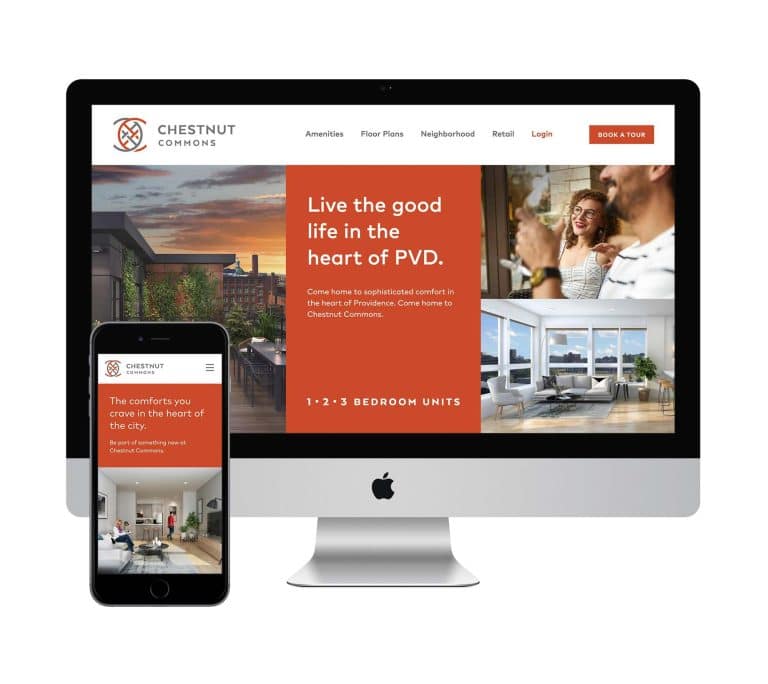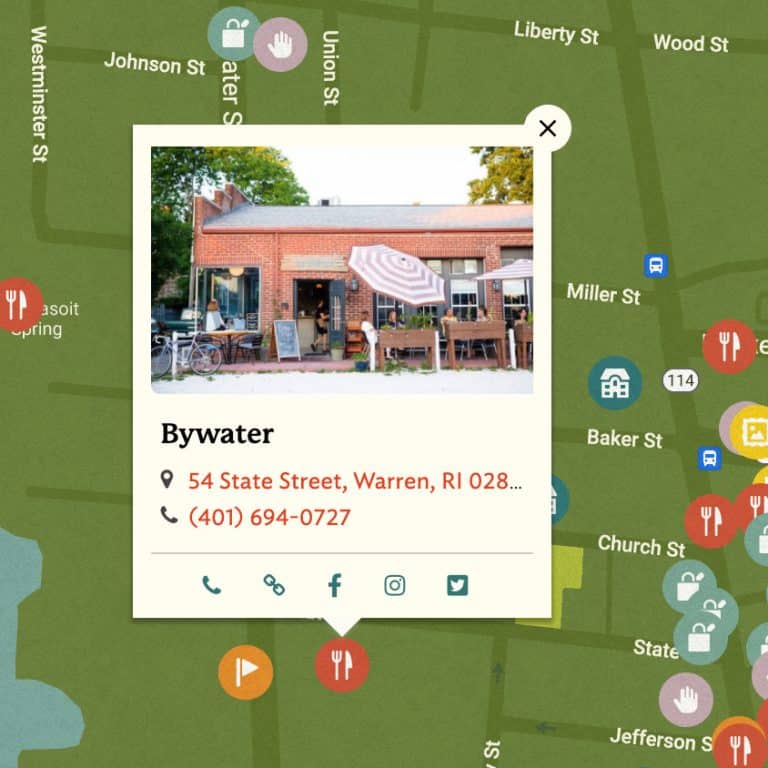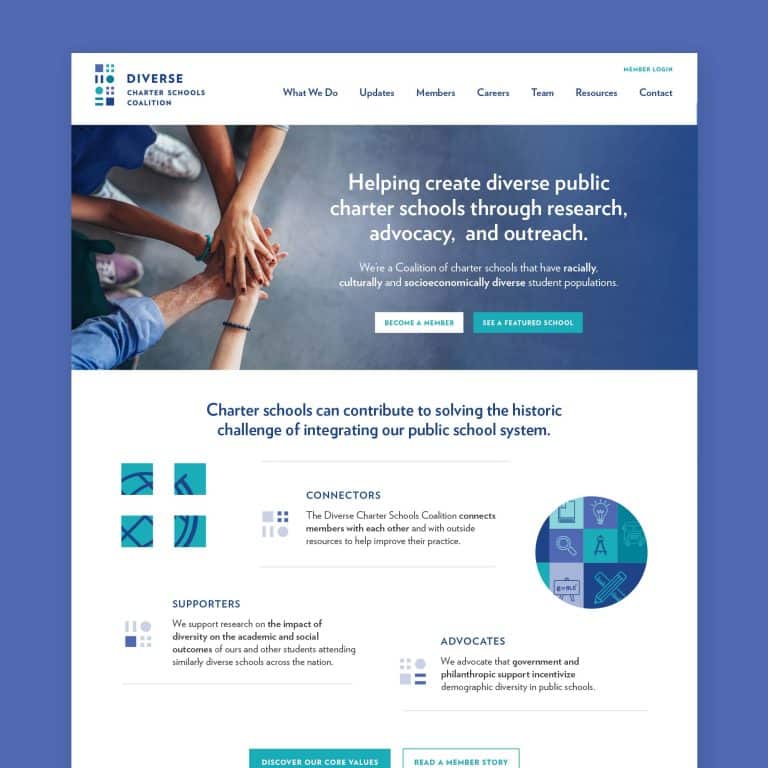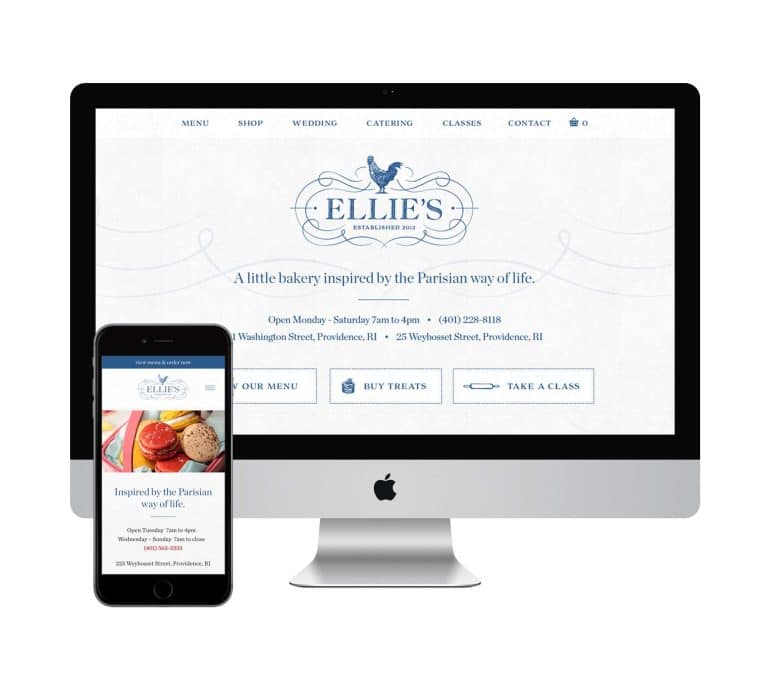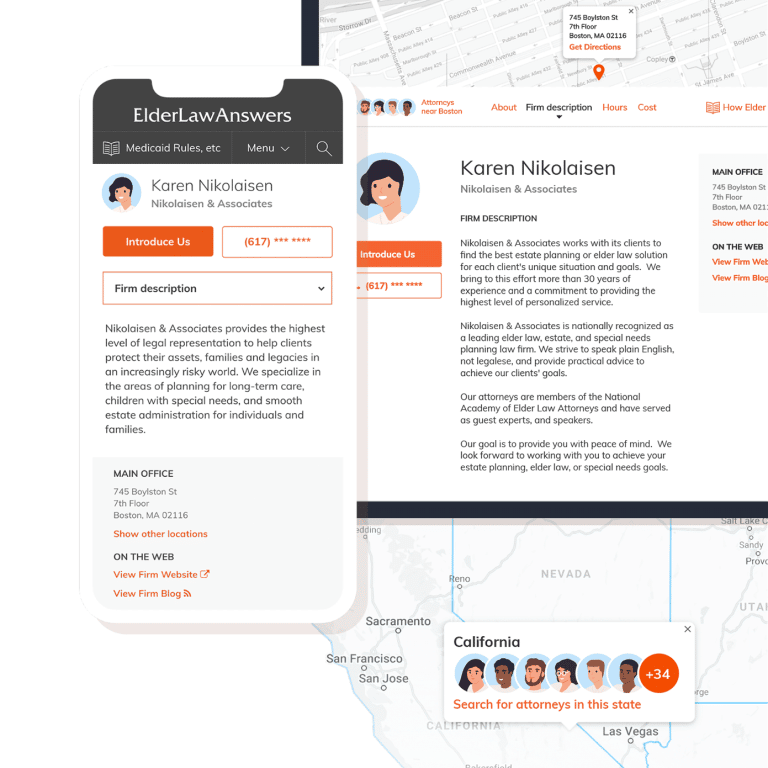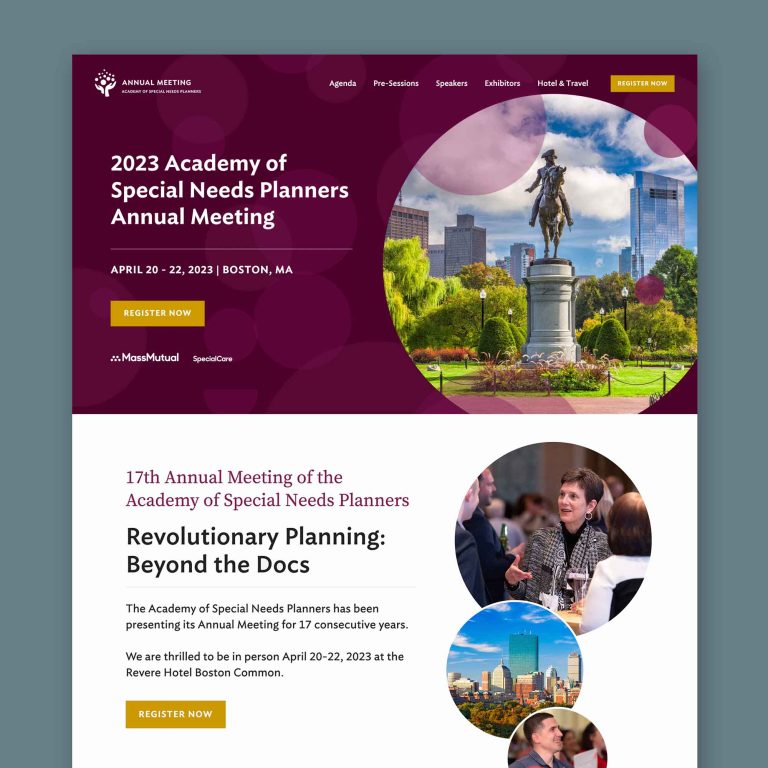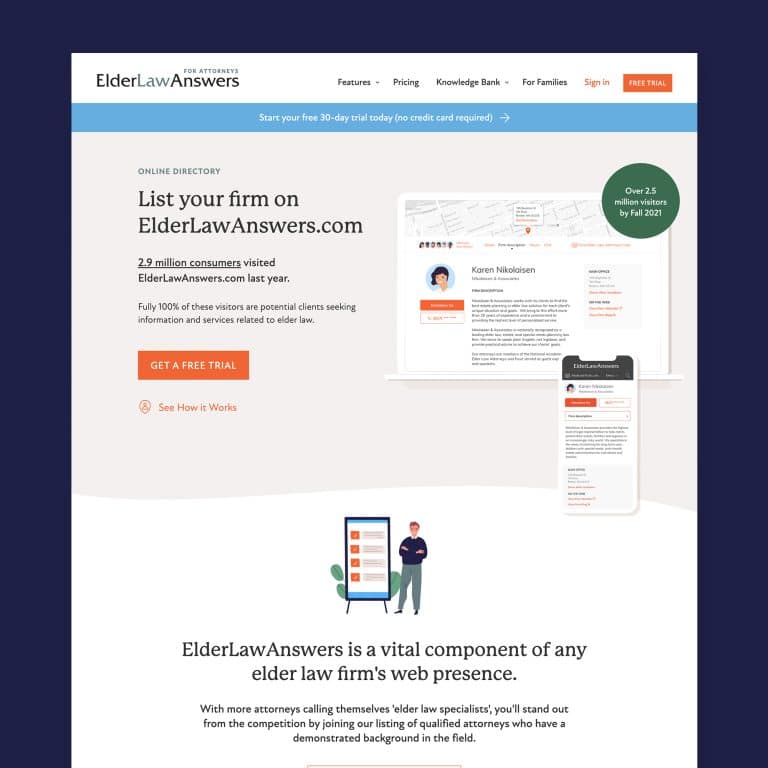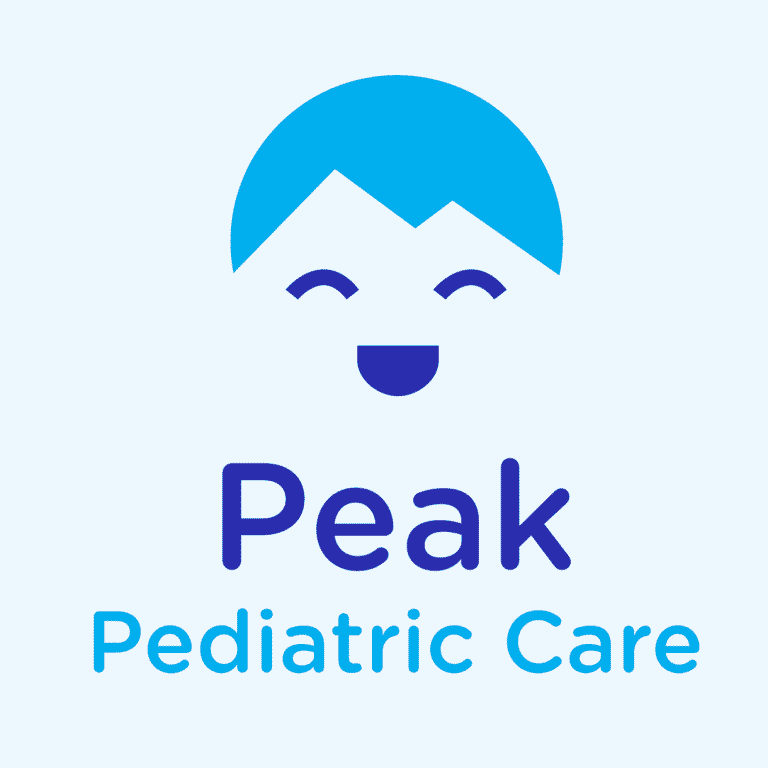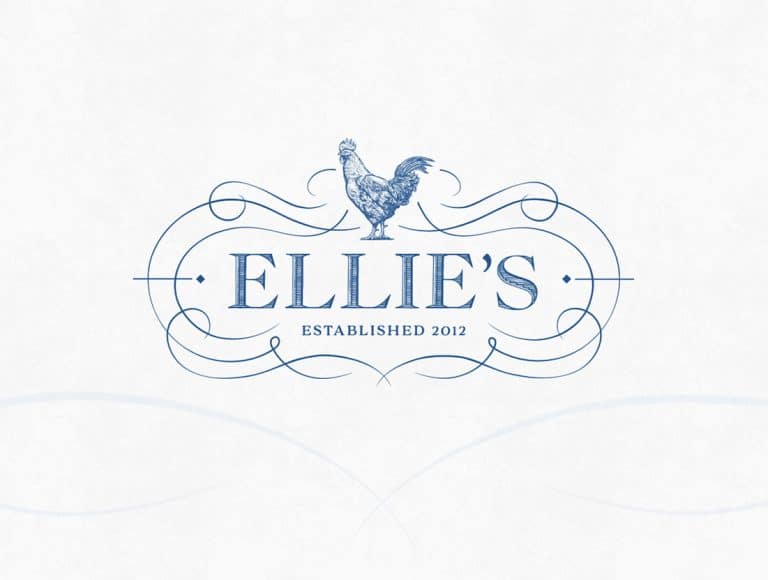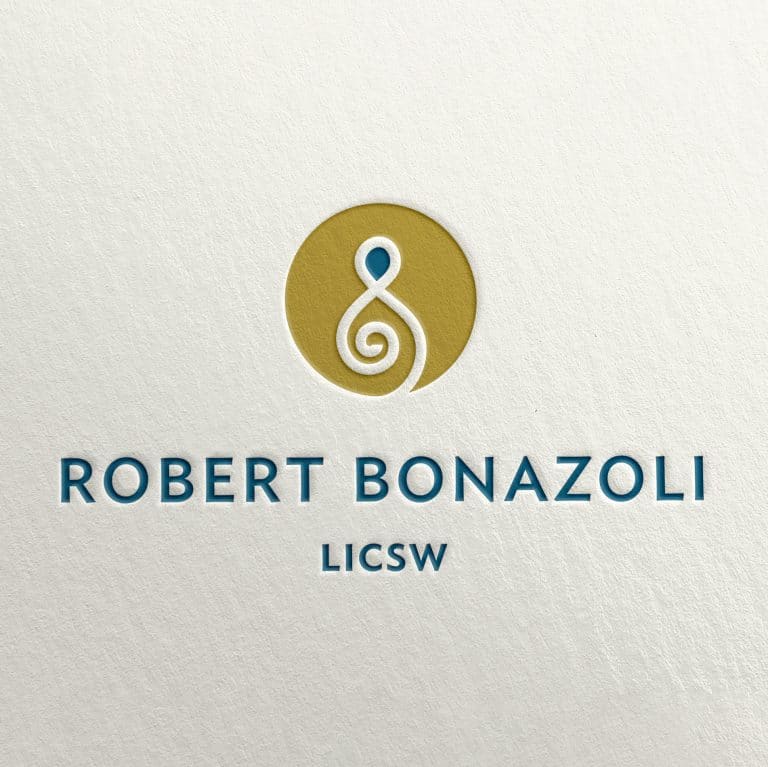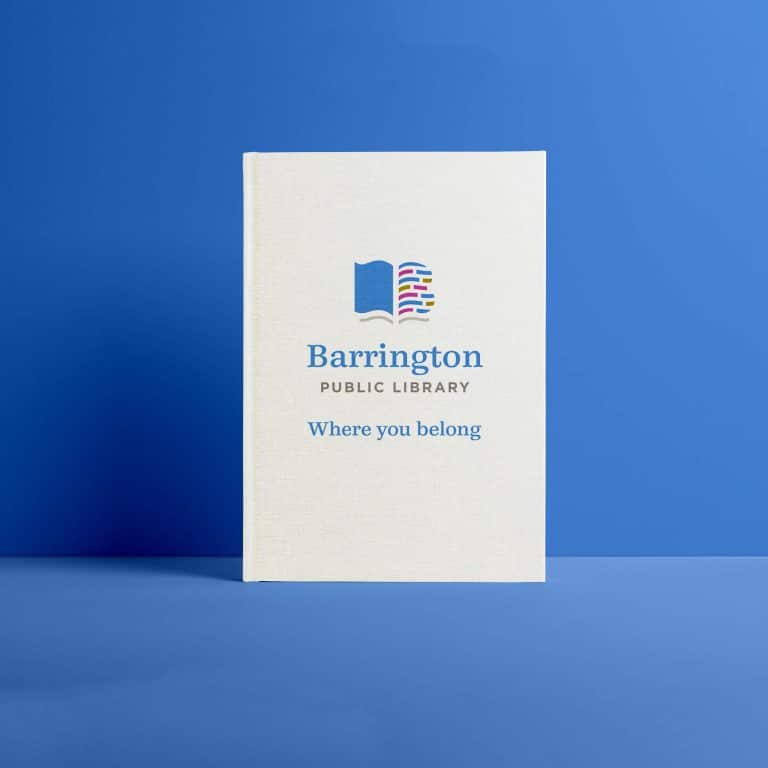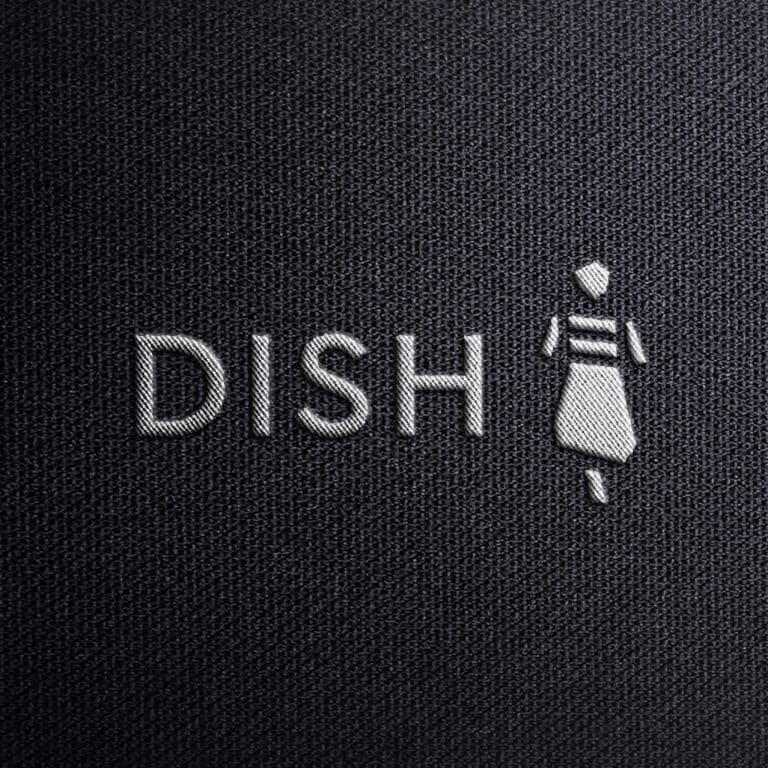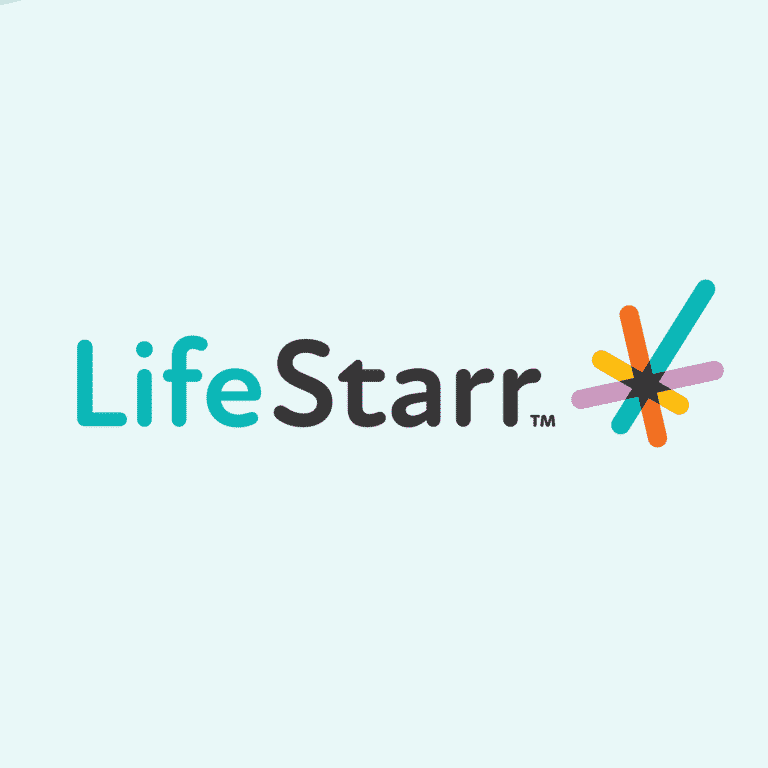What’s Your Website IQ? (And You Can’t Ask for a Lifeline)
My clients work in a variety of industries and come from a wide range of backgrounds, both personally and professionally. While they are experts in their respective industries, many don’t know an email server from a domain name. (That’s OK! I’m here to help.)
So… what’s your website IQ? Let’s breeze through some commonly confused terms so you can be a smarter, savvier business owner.
Tech Terms for Non-Techies
Let’s kick things off with a term you may hear a lot: responsive design. Need a hint? The key is in the root word: respond.
With responsive design, the content of your website reacts dynamically to the screen size that your visitor is using. Ever tried to access a website on your mobile device or tablet only to find the text and images are way too small or worse, completely off your screen?
You just interacted with an unresponsive website.
Responsive design is uber important because it allows visitors to view your web content tailored to their screen size and – especially on a phone – avoid any pinching and zooming to find what they’re looking for. Plus, Google dings any websites that lack responsive design, meaning your unresponsive website is being pushed downward in search results.
The next term we’re going to look at is CDN. This stands for content delivery network and there are a few reasons that a CDN can be useful.
A CDN is a network of servers linked together that are geographically located near your customers. Putting the hardware geographically closer to your site visitors allows them to get your content faster, which means your web pages load faster.
Translation: sending a letter to someone in the next town over takes much less time than sending it halfway around the world.
Search engines consider page load speed when ranking search results. If your website consistently loads slowly, this will negatively affect your page rank. You may also see your bounce rate – the percentage of time visitors drop off the first page they come to without exploring your site further – increase.
My strong suggestion is to consider adding a CDN service today.
The next three terms—domain, URL (Uniform Resource Locator), and subdomain – go hand-in-hand. First, let’s tackle domain.
Domain (also called “domain name”) refers to the name you’ve chosen for your website. My domain is atelierlks.com. My URL is https://atelierlks.com. Note the subtle difference. By the way, web browsers are ‘case agnostic’ when it comes to domains, meaning that typing in JacksRestaurant.com or jacksrestaurant.com will get you to the same place (this goes for email addresses, too).
Subdomains are useful when you have a service or product that is a part of your overall business model, but that is distinct in its own way and should be organized separately.
Have you ever been on a site like Craigslist, where there are multiple pages because of locations or categorization? Did you notice that the URL changed?
- craigslist.org/about/sites – Main Page
- providence.craigslist.org – Craigslist, Rhode Island
- albany.craigslist.org – Craigslist, Albany
The Providence and Albany sites are subdomains. Using subdomains allows Craigslist to have separate site sections for its different cities and regions, all under the umbrella of the craigslist.com domain name.
Security and Search
Every website should be secure, and this is where an SSL (Secure Socket Layer) certificate comes in. SSL provides a secure channel between two devices on the internet.
Websites with SSL are more secure, which is critical if you collect payments or sensitive data through your website. You can tell if a website has an SSL certificate if the address starts with “https” (vs. just “http”). Browsers and malware programs may flag unsecured sites or even block them. Adding SSL to a site takes about five minutes with your web hosting provider.
There’s every reason to do it and no reason not to.
Another thing every website needs if it wants to be found: SEO.
SEO stands for search engine optimization. It’s a collection of tips and tricks designed to make your website really attractive to search engines, so they boost your site higher in search results.
Good SEO includes using keywords in strategic places on your site (both throughout your copy and in backend titles and descriptions), as well as generally keeping your site clean and user-friendly with fast page loading and succinct, relevant content. I build every website with an eye on SEO because it’s critical for success.
How Does Your Site Grab Real Estate on the Web?
You chose a website name – great! Now what?
The first step is to take the great name you’ve thought up and reserve it with a domain registrar.
A domain registrar is a business that reserves the name you want (like itsmywebsite.com), similar to signing a lease on that perfect apartment you found. Many times this is referred to as “owning your domain name,” even though what you’re really doing is reserving and leasing it.
Once you’ve registered your domain name, you need a place for the content on your website to live. This is known as hosting.
The hosting company owns and maintains the server where the files for your website are stored and reside, just like your landlord owns that perfect apartment you rented, where all your furniture and knick-knacks are perfectly arranged for expected house guests.
So who’s hosting the show?
Well, there are three kinds of hosting:
- Domain hosting
- Website hosting
- Email hosting
Do you know the differences between each kind?
One of the most confusing aspects of these terms is that they’re often referred to by other names. For example, the word “server” appears in ‘domain server’ and ‘web server,’ giving the impression that those two concepts are the same when in fact they are not.
Web hosting and a web server refer to essentially the same thing. And a domain host and a domain server are the same. But a web host and a domain host are not the same. Do you know why?
A domain host refers to the business or company through which you reserve your domain name. Domain hosts lease out domain names and handle their registration – like that landlord with your lease. If you’re using a domain you registered through a provider like GoDaddy or Wix, they’re your domain host.
Once you secure the domain host, you need a place to build and store the files that make up your website; the entity that provides this is the website host or – to continue our metaphor – the high-rise that contains your apartment.
Your website files (your furniture and knick-knacks) live on a single server (your apartment) managed by your website hosting company (the high-rise).
The last piece is mail (or email) hosting. This type of hosting also makes use of servers, which is why it’s often conflated (erroneously) with web hosting.
A mail host enables you to specify and use a domain-specific email address (like jack@itsmywebsite.com) rather than the un-professional-looking jack5036@gmail.com.
Using email hosting is akin to having your own special mailbox in the entryway of that high-rise.
The All-in-One Vendor: A Good Choice?
Many vendors, like GoDaddy or Wix, offer all three types of hosting (domain, website, and email). If you’re with a vendor like this and you’re happy, then don’t fix what isn’t broken.
If, however, you’ve encountered one or more issues with your website or email, it’s worth looking at individual vendors who specialize in one type of hosting.
Take Flywheel, for example. They don’t do domain or email hosting. Flywheel only offers web hosting (WordPress web hosting, specifically) and they’re really good at it.
My advice is to size up your costs, the quality of the hosting service you’re receiving, and your satisfaction with their customer service to see if separate vendors will do a better job for you.
Plus, you can dazzle them with your newly-acquired techie vocabulary.
Key Takeaways:
- Understanding terminology makes you a savvier business owner and may save you money and time.
- The more you know about the technical side of web design, the better a collaborator you’ll be with your designer.
It's hard to market an unfocused brand.
Your business must tell a powerful story with strong optics and a persuasive storyline so you can stand out from the crowd and change more minds. Get a brilliant visual framework tailor-made for you.








